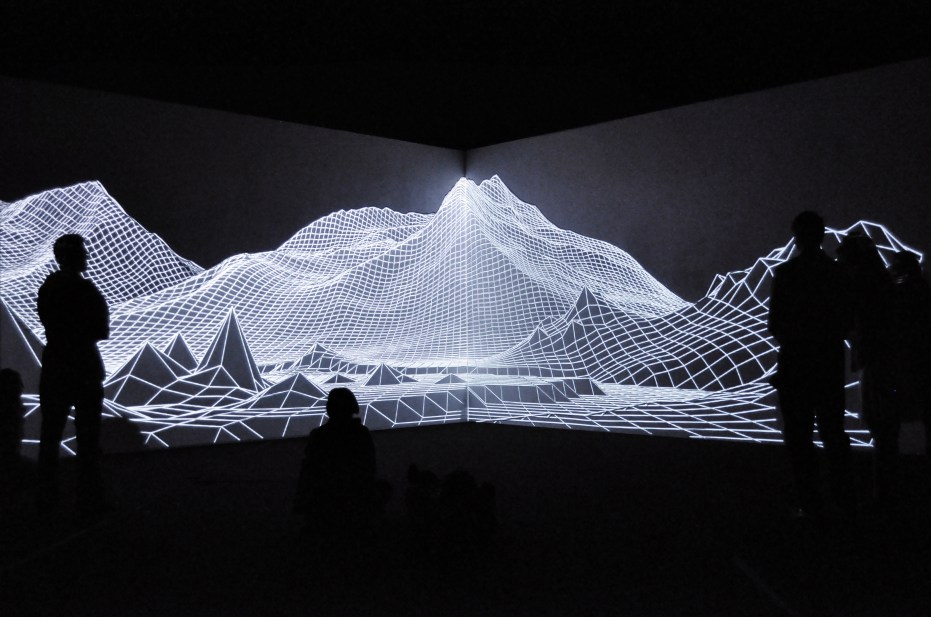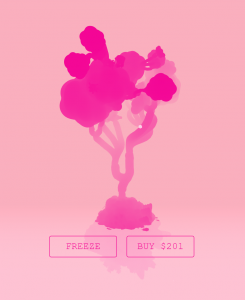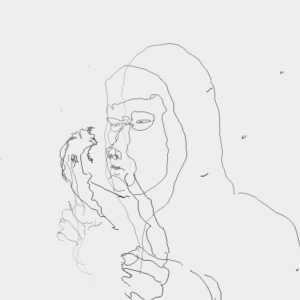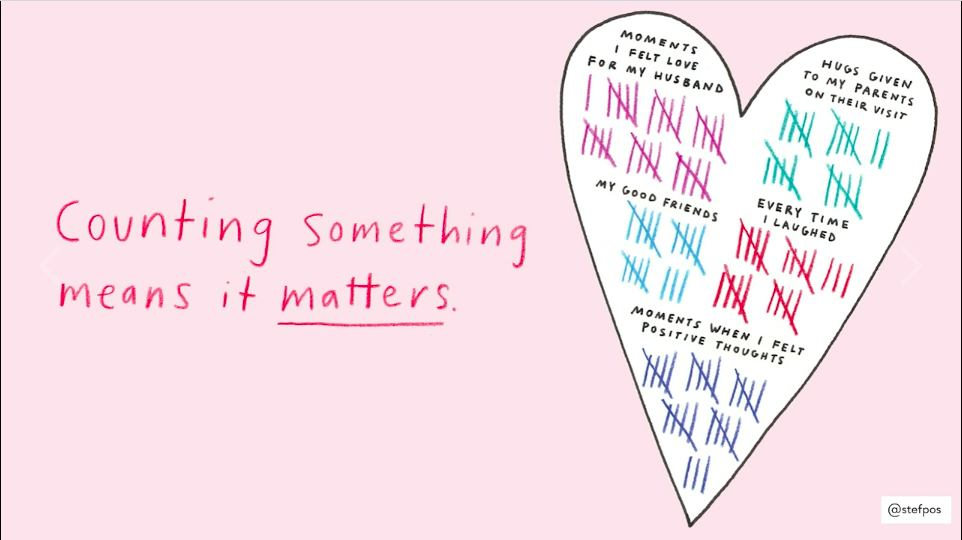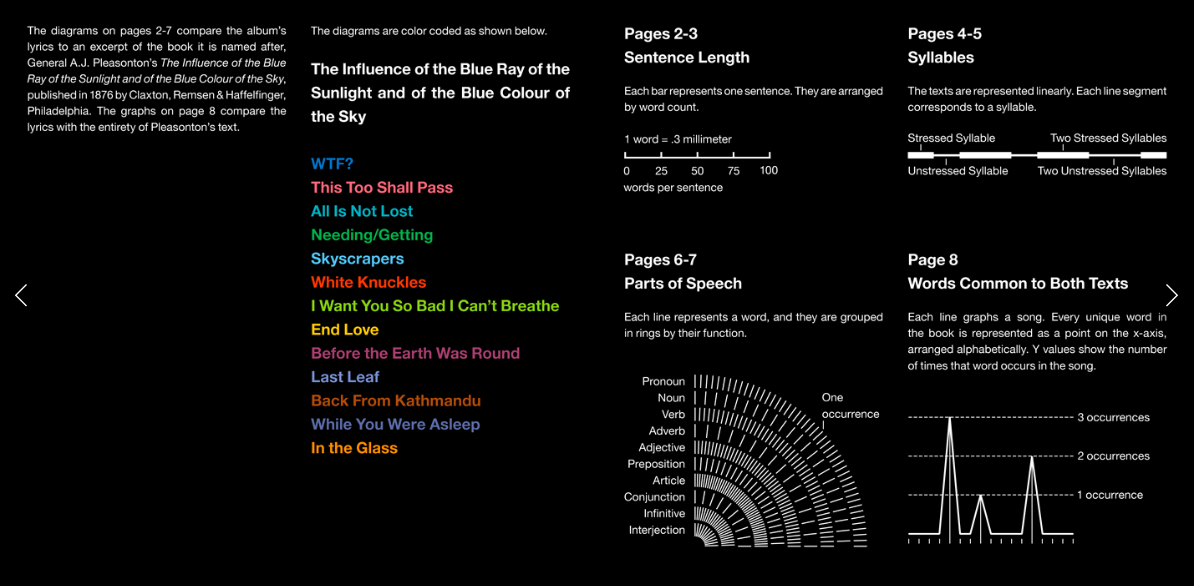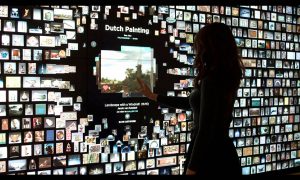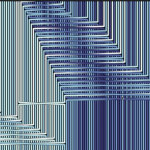Stefanie Posavec is a communications designer who moved from Denver, Colorado to London, UK in 2004. Posavec’s works focus on non-traditional representations of data. Posavec received her bachelors degree in graphic design at Colorado State University and master degree in communications design at Central Saint Martins (CSM) College of Art and Design in London. Breaking the strict barriers of data and design, Posavec describes her work to fuse and fall in between the lines of “dataviz” and communications design.

Posavec does not actually code her work, but does prefer to work with data in a hand-crafted way. I admire how she loves to work with data and personalizes the information by visualizing it. I appreciate how she fuses her skills in communications design and her passion for data to create tactical information and interactive design. As a communications designer, I see her style and goals to communicate social/word issues well to the common people. During her EyeO talk in 2018, I liked how she made her presentation flow well, mainly because of the visuals she used to assist her talk. Also, the way she talks during the presentation flowed very well, and I admire how used no filler words.
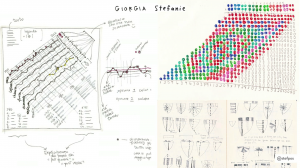
Among all her works, I really liked the “Air Transformed: Better with Data Society Commission” project, because she was able to communicate the issues of air pollution in London using data, design, and 3D printing. Also, I really like how she was able to approach this issue, which people do not take more seriously, by making her products wearable.


![[OLD FALL 2018] 15-104 • Introduction to Computing for Creative Practice](../../../../wp-content/uploads/2020/08/stop-banner.png)
